Earth news stories
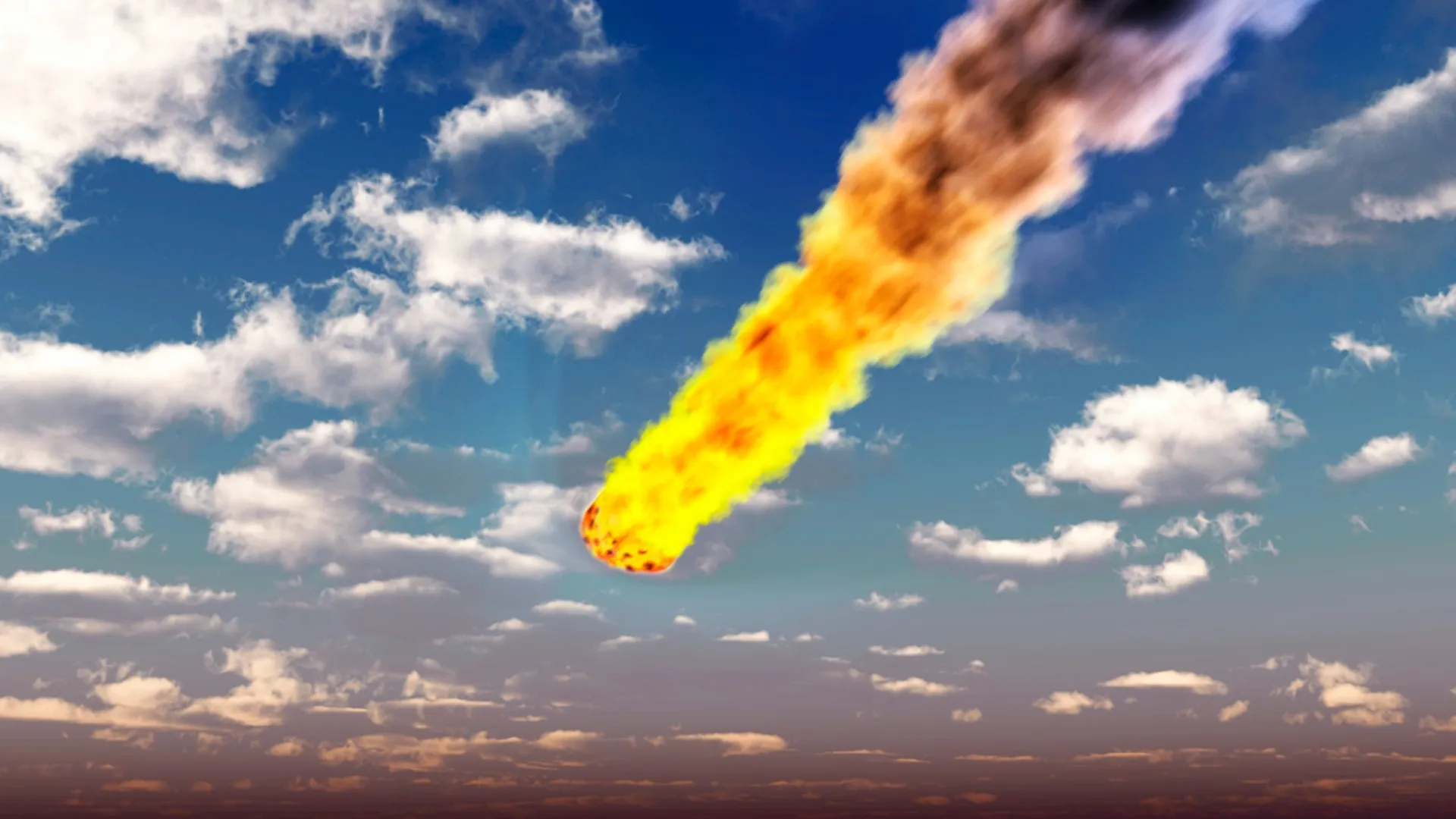
Every year, millions of rocky shards from outer space burn up in Earth’s atmosphere, many briefly flaring and appearing in the sky as “shooting stars.” But how many survive their high-speed plunges to strike the ground?
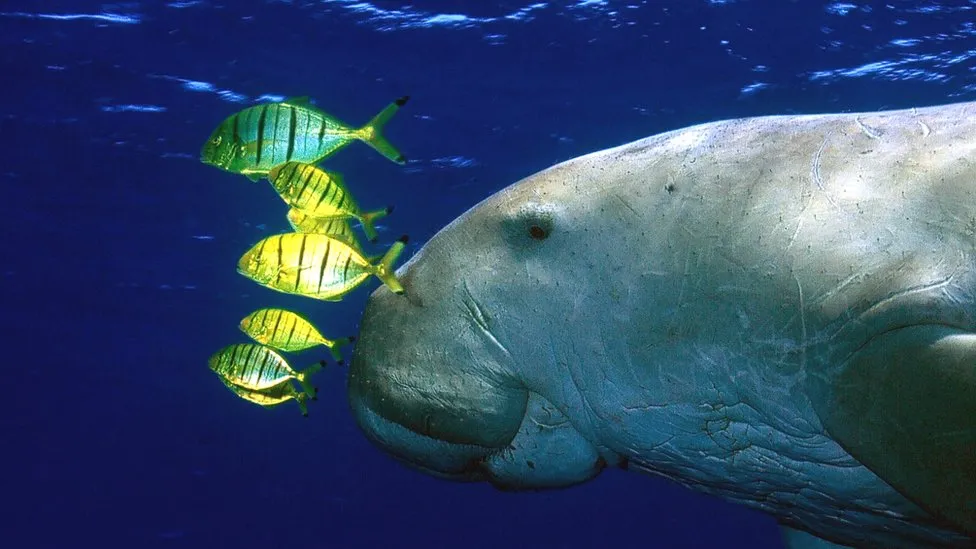
Only three people surveyed from coastal communities in China reported seeing the dugong in the past five years.
Researchers looked at the impact of climate on 17-million-year-old tooth fossils.

A new kind of “phase transition” in water was first proposed 30 years ago in a study by researchers from Boston University. Because the transition has been predicted to occur at supercooled conditions, however, confirming its existence has been a challenge.

It is believed to be the Welsh Atlantis, a lost land lying below the water at Cardigan Bay. For at least 800 years, tales have been told of the legend of Cantre’r Gwaelod, but evidence that it really existed has been scant.
An extraordinary megaflood occurred 5 million years ago as the Mediterranean rose 10 metres a day!
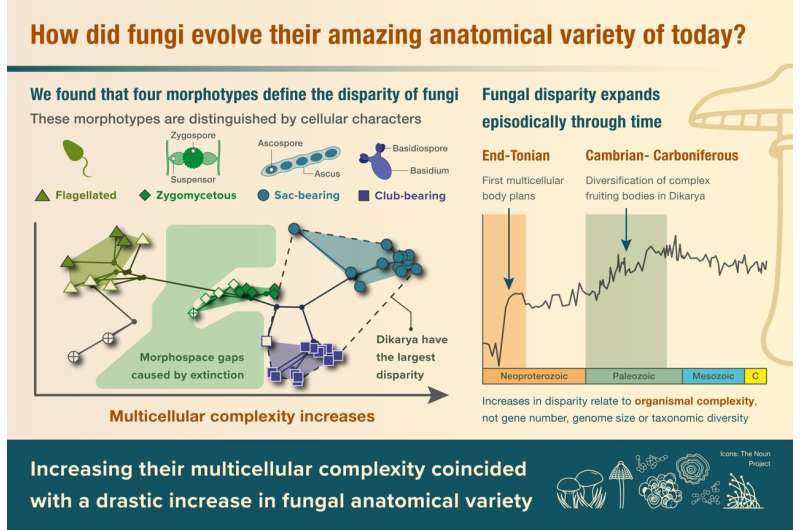
Scientists at the University of Bristol have discovered that the vast anatomical variety of fungi stems from evolutionary increases in multicellular complexity.
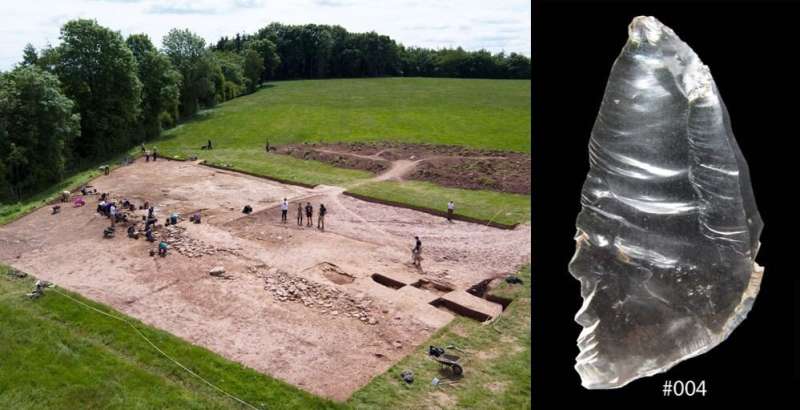
Distinctive and rare rock crystals were moved over long distances by Early Neolithic Brits and were used to mark their burial sites, according to groundbreaking new archaeological research.
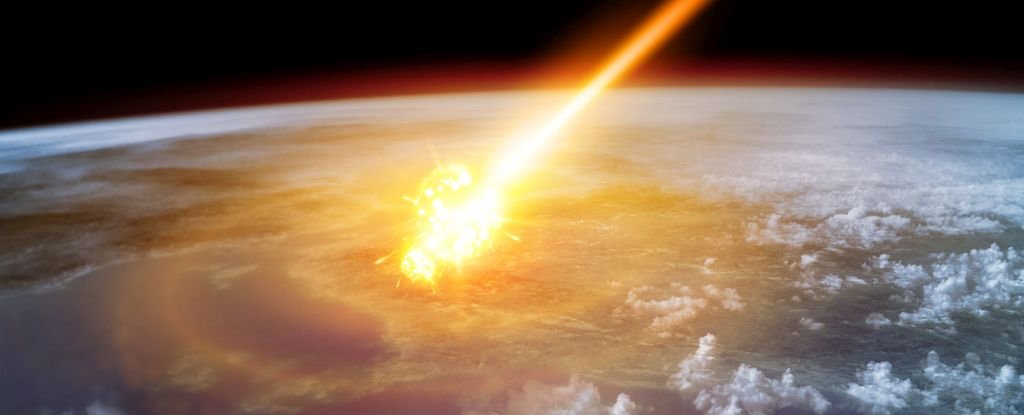
To date, Earth is the only planet we know of that has continents. Exactly how they formed and evolved is unclear, but we do know – because the edges of continents thousands of miles apart match up – that, at one time long ago, Earth’s landmass was concentrated in one big supercontinent.
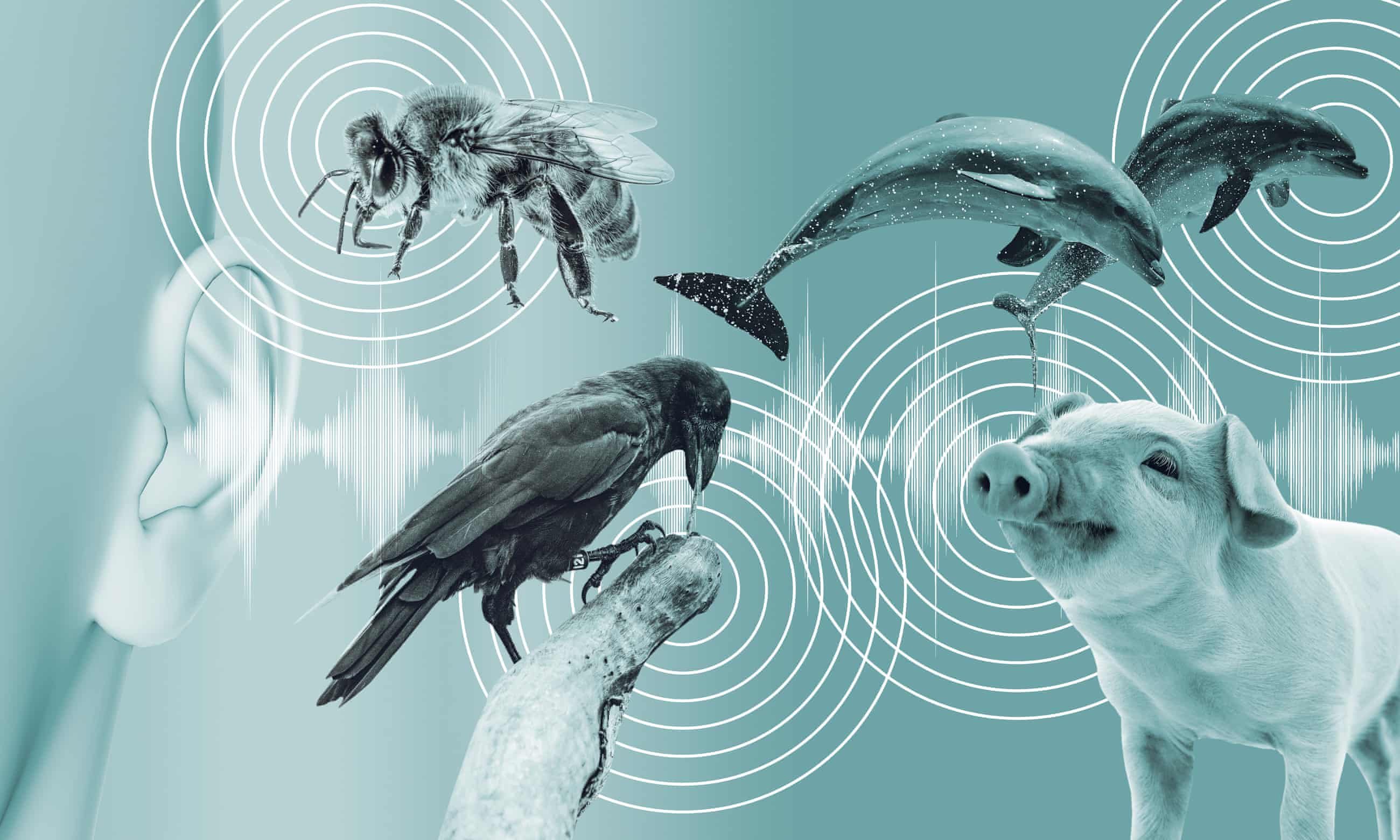
A California-based organisation wants to harness the power of machine learning to decode communication across the entire animal kingdom. But the project has its doubters
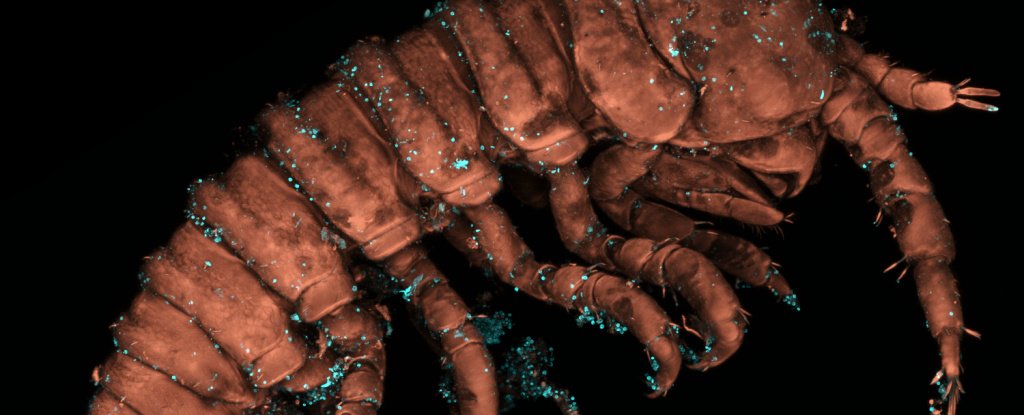
The study, conducted by research groups based in France and Chile, is the first to document a seaweed species that depends on small marine crustaceans bespeckled in pollen-like spores to reproduce.
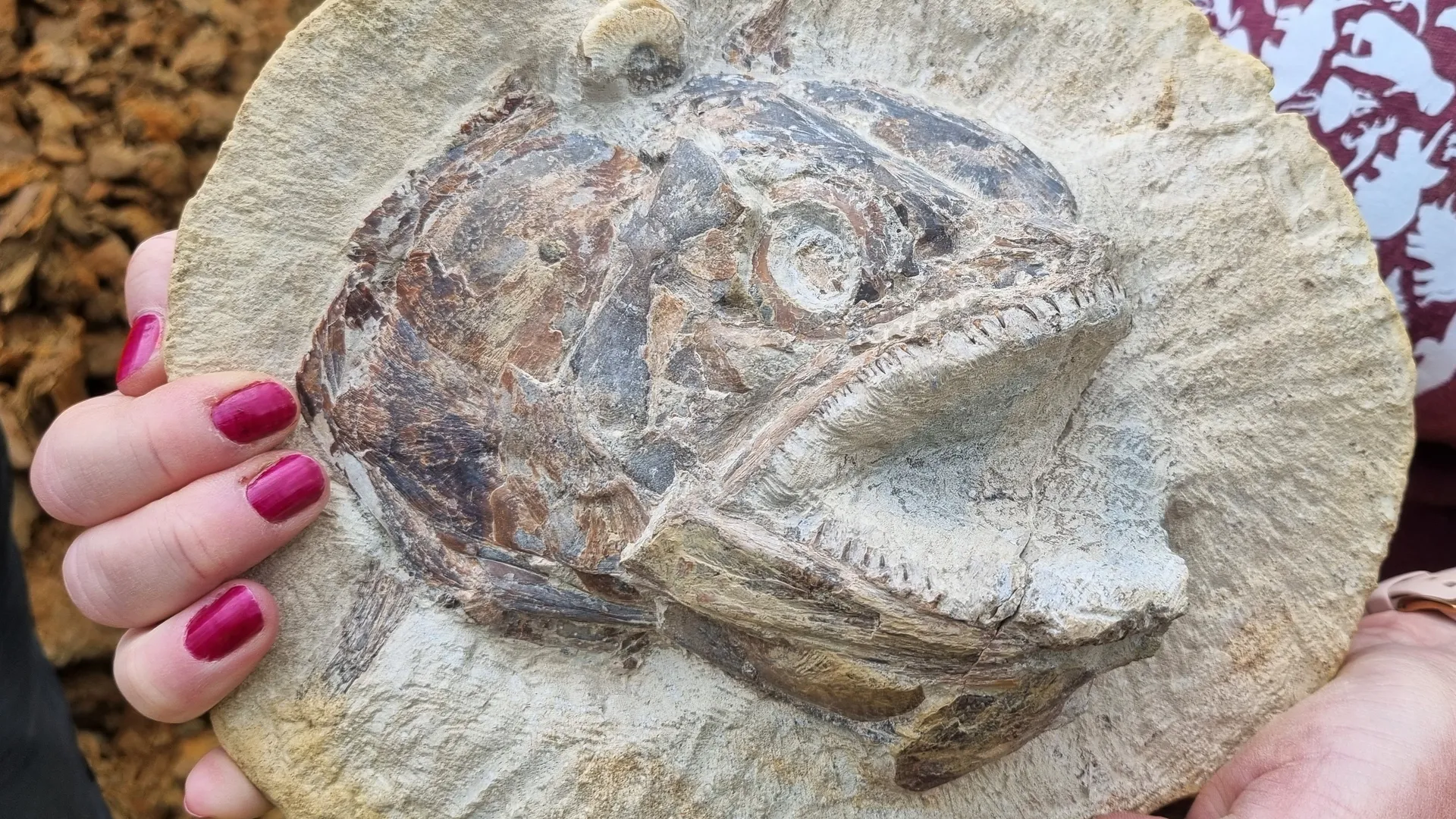
A farm in England was the unlikely source of a Jurassic jackpot: a treasure trove of 183 million-year-old fossils.
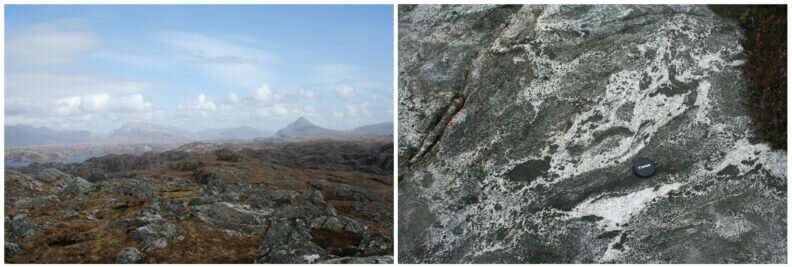
A new Curtin University study has found that water was transported much deeper in the early Earth than previously thought, shedding new light on how the continents were originally formed.
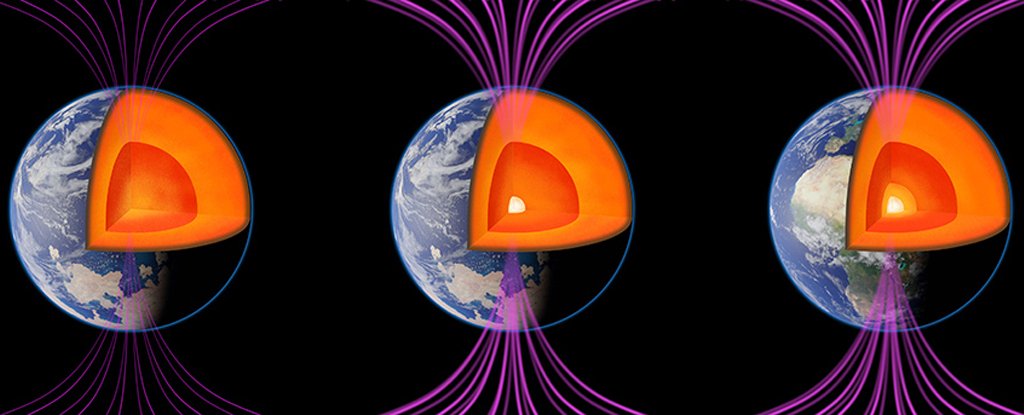
Researchers have been able to use an analysis of ancient rock crystals – and the magnetism records locked inside them – to trace back the history of Earth’s inner core across hundreds of millions of years.
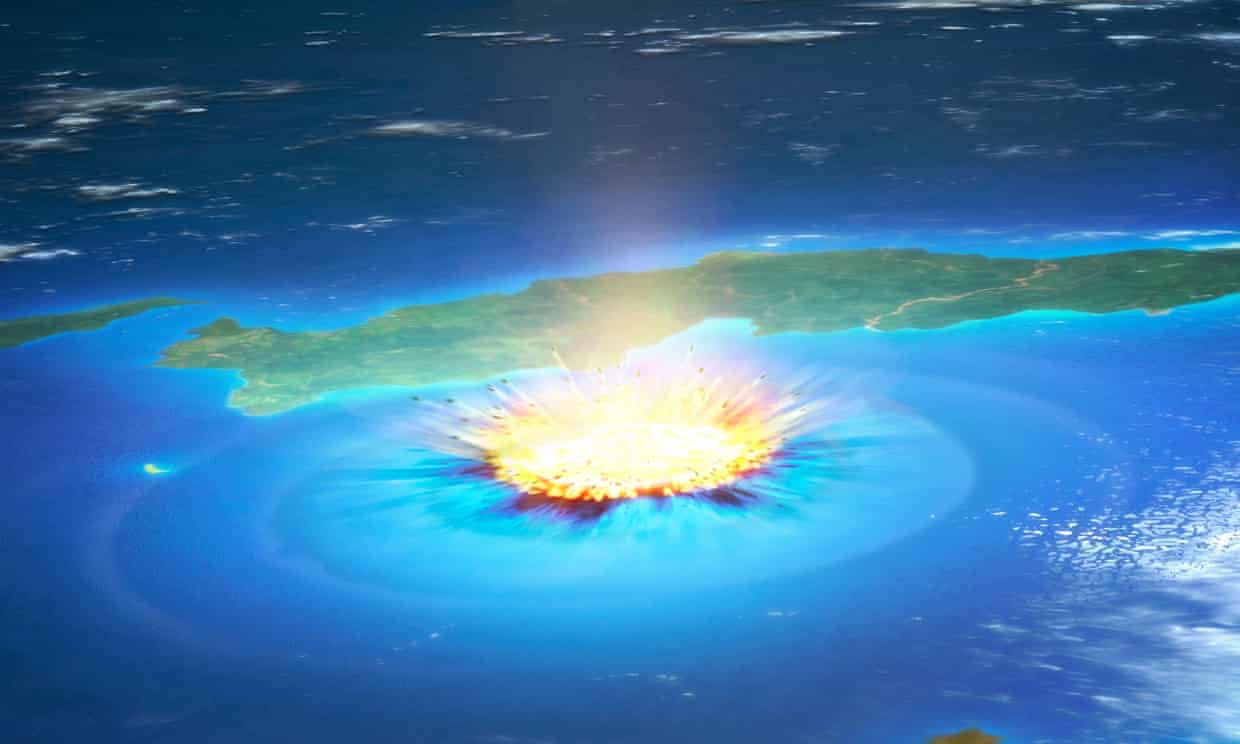
Evidence from 252m years ago shows surviving animals bounced back stronger, fitter, faster and smarter.
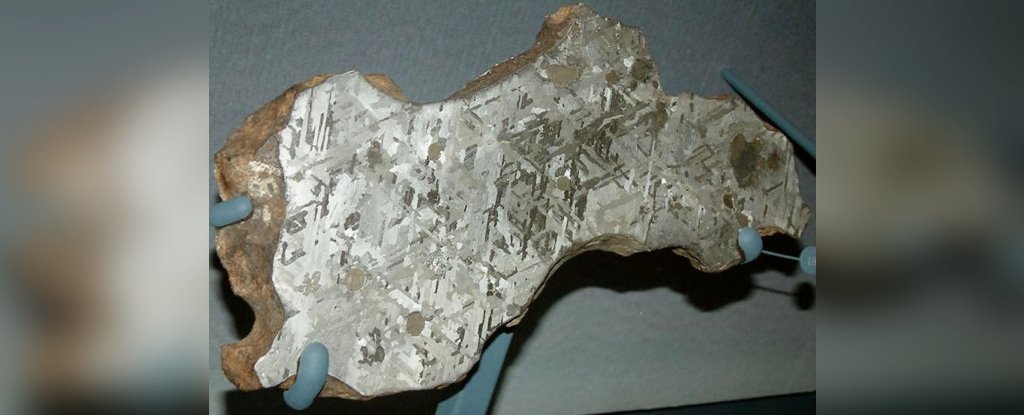
While studying diamonds inside an ancient meteorite, scientists have found a strange, interwoven microscopic structure that has never been seen before.








